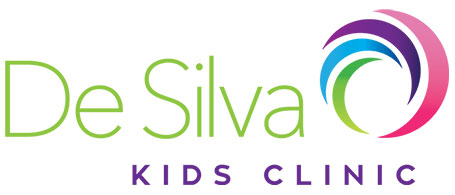When we talk about communication, we automatically think of speech and verbal language, even though there are many steps that need to be taken before reaching that point. As Speech Pathologists, we support parents and professionals to understand the hierarchy of communication.
The Communication Pyramid is a model that we use for planning therapy targets and to educate parents and caregivers about what needs to happen first when taking about language.
When looking a child’s communication, we must analyse where the breakdown is occurring in the model.
First component of communication is ‘Attention and Listening’. This can also be referenced as engagement through play with others. In order for children to pick up on language and be exposed to it, they need to be listening – actively and passively. This, therefore, will also require attention/engagement. Once this has been accessed, the child can increase their play skills and their understanding of the rules of the play and the communication being used in their environment.
The next step up in the Communication Pyramid is Play and Understanding. Play refers to the skills that a child displays in relation to interacting with their toys, other children and the rules of play (e.g. turn-taking). Play and Understanding go hand in hand, as a child will have difficulty playing well with other children if they do not understand the gestural communication or language of the other child or children involved.
Following on from Play and Understanding is Receptive Language (Understanding). This step is referring to the understanding of spoken language in all scenarios (e.g., play, at kinder/school, at home etc…). This step is very important for expressive (verbal) language as it is the foundation for their language use. If a child does not understand words, then how can they use them to communicate effectively.
Next is Expressive Language (Use) which is in reference to a child’s verbal language. This includes vocabulary, grammar and how they structure their sentences. Remembering that verbal language and gestural language (e.g., pointing, waving etc…) are not exclusive.
Finally, sitting at the top of the pyramid is Speech Sounds. This is referring to the sounds that the child makes when speaking. The reason why speech sounds are at the top of the pyramid is because in order to have an inventory of speech sounds, a child has to have words that they use or copy.
Written by Speech Pathologist, Allie Godbold.

